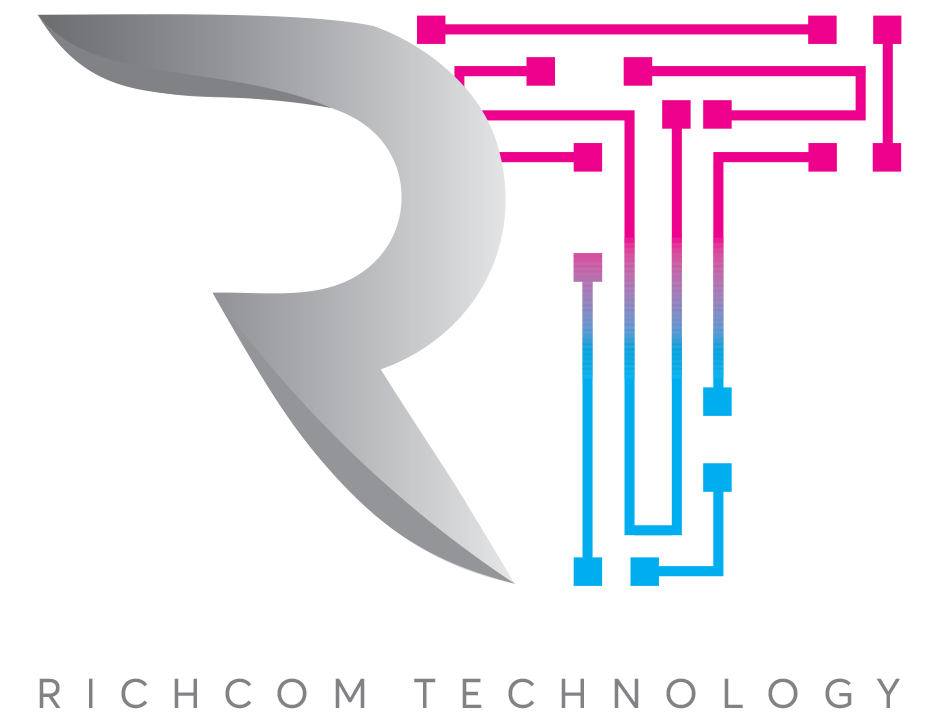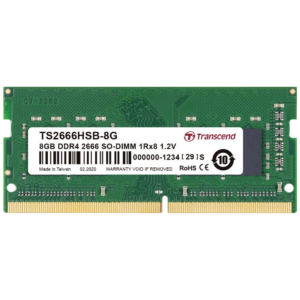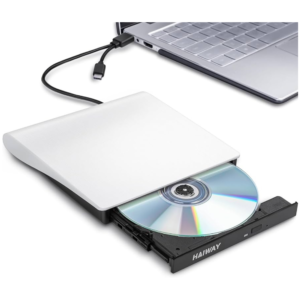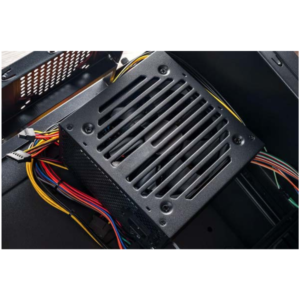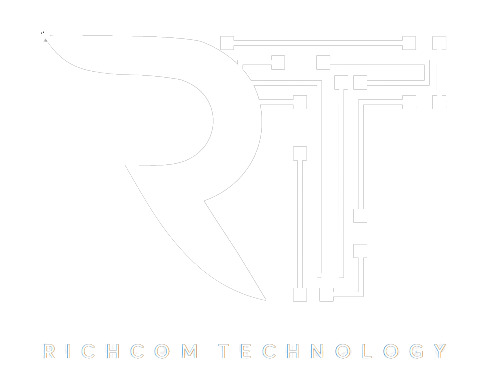This article explores the fundamental distinctions between DDR3 and DDR4 Random Access Memory (RAM).
It further delves into an analytical comparison of their performance, using the Transcend 8GB DDR4 2666mhz Laptop RAM and Kingston 4GB DDR3 1333mhz Desktop RAM as representative models.
Through this investigation, the overall efficacy and potential benefits of each type of RAM will be objectively evaluated.
Understanding the Basics of DDR3 and DDR4 RAM
In order to comprehend the key differences between DDR3 and DDR4 RAM, it is essential to first understand their basic characteristics and functions.
DDR3, an acronym for Double Data Rate Type Three, is a type of synchronous dynamic random-access memory (SDRAM) that was introduced in 2007. Its primary function is to store temporary data that the computer’s processor can access quickly, thereby enhancing the system’s multitasking capabilities.
On the other hand, DDR4, or Double Data Rate Type Four, is the successor to DDR3, entering the market in 2014. Like its predecessor, DDR4 is a type of SDRAM that stores temporary data for quick access by the processor. However, it exemplifies significant improvements over DDR3 in terms of speed, capacity, and power efficiency.
DDR3 RAM modules operate at a range of 800 to 2133 MT/s (million transfers per second) while DDR4 modules operate at a range of 2133 to 3200 MT/s. This indicates a considerable increase in data transfer rates for DDR4. DDR4 also offers larger module size, with the maximum capacity of a DDR4 module being 128GB compared to 16GB for DDR3. DDR4 RAM further surpasses DDR3 in terms of power efficiency, operating at a lower voltage of 1.2V compared to 1.5V for DDR3.
Understanding these basic characteristics and functions of DDR3 and DDR4 RAM provides the foundation for a comprehensive comparison between the two, taking into account factors such as speed, capacity, power efficiency, and compatibility.
Key Differences Between DDR3 and DDR4 RAM
Significant disparities exist between the third and fourth generation of data storage modules, particularly in terms of speed, power efficiency, and capacity. DDR3 and DDR4 RAM differ fundamentally in their architecture, leading directly to these differences.
The advanced design of DDR4 allows for increased speed, which results in improved system performance. The base clock speed of DDR4 starts from 2133 MHz, a significant increase compared to DDR3, which starts at 800 MHz.
Moreover, DDR4 offers a higher maximum potential capacity per module than DDR3. This allows for larger amounts of data to be stored and accessed, thereby improving system performance. The maximum module capacity for DDR4 is 128 GB, which is four times more than that of DDR3, which caps at 16 GB.
In terms of power efficiency, DDR4 modules are superior to DDR3. The standard voltage for DDR4 is 1.2V, a decrease from DDR3’s 1.5V. This reduction in voltage leads to less energy consumption, making DDR4 more energy-efficient and cost-effective in the long run.
However, it should be noted that the benefits of DDR4 over DDR3 come with a cost implication. DDR4 modules tend to be more expensive than their DDR3 counterparts. The decision between the two will thus depend on the specific needs and budget constraints of the user.
Performance Comparison: DDR3 RAM and DDR4 RAM
Performance comparisons between the third and fourth generation of data storage modules reveal notable disparities in speed, power efficiency, and capacity.
DDR3 RAM typically operates at speeds ranging from 800 MT/s (Mega Transfers per second) to 2133 MT/s, while DDR4 RAM operates at a minimum speed of 2133 MT/s, extending up to 4266 MT/s, thus providing a significant speed advantage.
In the realm of power efficiency, DDR4 RAM also holds superiority. DDR3 RAM operates at a voltage of 1.5V, with low voltage versions operating at 1.35V. In contrast, DDR4 RAM operates at a lower voltage of 1.2V, thereby utilizing less power and contributing to the overall efficiency of the system.
When it comes to capacity, DDR4 RAM again outperforms DDR3 RAM. DDR3 modules are typically available in sizes up to 8GB, with some high-end modules reaching 16GB. DDR4 RAM, however, starts at 8GB and can go up to 128GB per module. This difference in capacity allows systems using DDR4 RAM to handle larger data sets and perform more complex tasks.
Transcend 8GB DDR4 2666mhz Laptop RAM
Transcend 8GB 2666mhz Laptop Ram exemplifies the advantages of the fourth generation of data storage technology, providing superior speed, capacity, and power efficiency. This advanced memory module operates at a higher speed of 2666MHz, which significantly enhances the performance and responsiveness of laptops. DDR4 technology is primarily designed to improve the overall computing experience by allowing for more efficient multitasking and faster loading times.
The increase in speed and efficiency offered by the Transcend 8GB 2666mhz Laptop memory module is indicative of the progress from DDR3 to DDR4 technology. DDR4 modules, such as this, operate at a higher voltage, thus providing an improved speed-data rate over their DDR3 counterparts. Additionally, DDR4 modules are more power-efficient, reducing the overall power consumption of the device, thereby increasing its battery life.
Furthermore, the Transcend 8GB 2666mhz Laptop memory module offers an impressive capacity. With 8GB of memory, it provides ample space for running multiple applications simultaneously without any noticeable slowdown in the system’s performance. This capacity is a significant improvement over DDR3 modules, which typically offer lesser storage space.
Finally, this memory module is provided with a three-year warranty, highlighting the manufacturer’s confidence in its durability and reliability. This warranty period is an added advantage for consumers, providing assurance against potential defects or performance issues.
Kingston 4GB DDR3 1333mhz Desktop RAM
Kingston 4GB 1333mhz Desktop memory module is a representation of the third generation of data storage technology. It offers a balance between speed and capacity suitable for many desktop computing needs. Positioned as a DDR3 RAM, it is a predecessor to the DDR4 modules in terms of technology but still holds significant relevance in the market due to its compatibility with older desktop systems and cost-effectiveness.
The Kingston 4GB DDR3 1333mhz Desktop memory module provides three distinctive features:
- **Capacity and Speed**: With a capacity of 4GB and a speed of 1333mhz, it delivers a suitable performance balance for general computing needs. While it may not match the high-speed performance of DDR4 modules, it offers adequate performance for most everyday tasks and applications.
- **Compatibility**: As a DDR3 module, it is compatible with many older desktop systems that do not support DDR4 memory. This makes it a viable option for upgrading or replacing memory in such systems.
- **Warranty**: The module comes with a three-year warranty, providing users with a level of assurance regarding its reliability and long-term performance.
In comparison to DDR4 modules like the Transcend 8GB DDR4 2666mhz, the Kingston 4GB DDR3 1333mhz Desktop module does not offer the same speed or capacity. However, when considering factors such as cost, compatibility, and warranty, it represents a viable option for many users. Ultimately, the choice between DDR3 and DDR4 will depend on the specific requirements and constraints of the user’s desktop system.
Conclusion
In conclusion, the distinction between DDR3 and DDR4 RAM is significant, both in terms of performance and power efficiency.
DDR4, with its increased transfer speed and higher capacity, allows for a more efficient and effective computing experience.
However, the cost-effectiveness of DDR3 cannot be disregarded.
Therefore, the choice between the two depends on the specific requirements and budget of the user.
